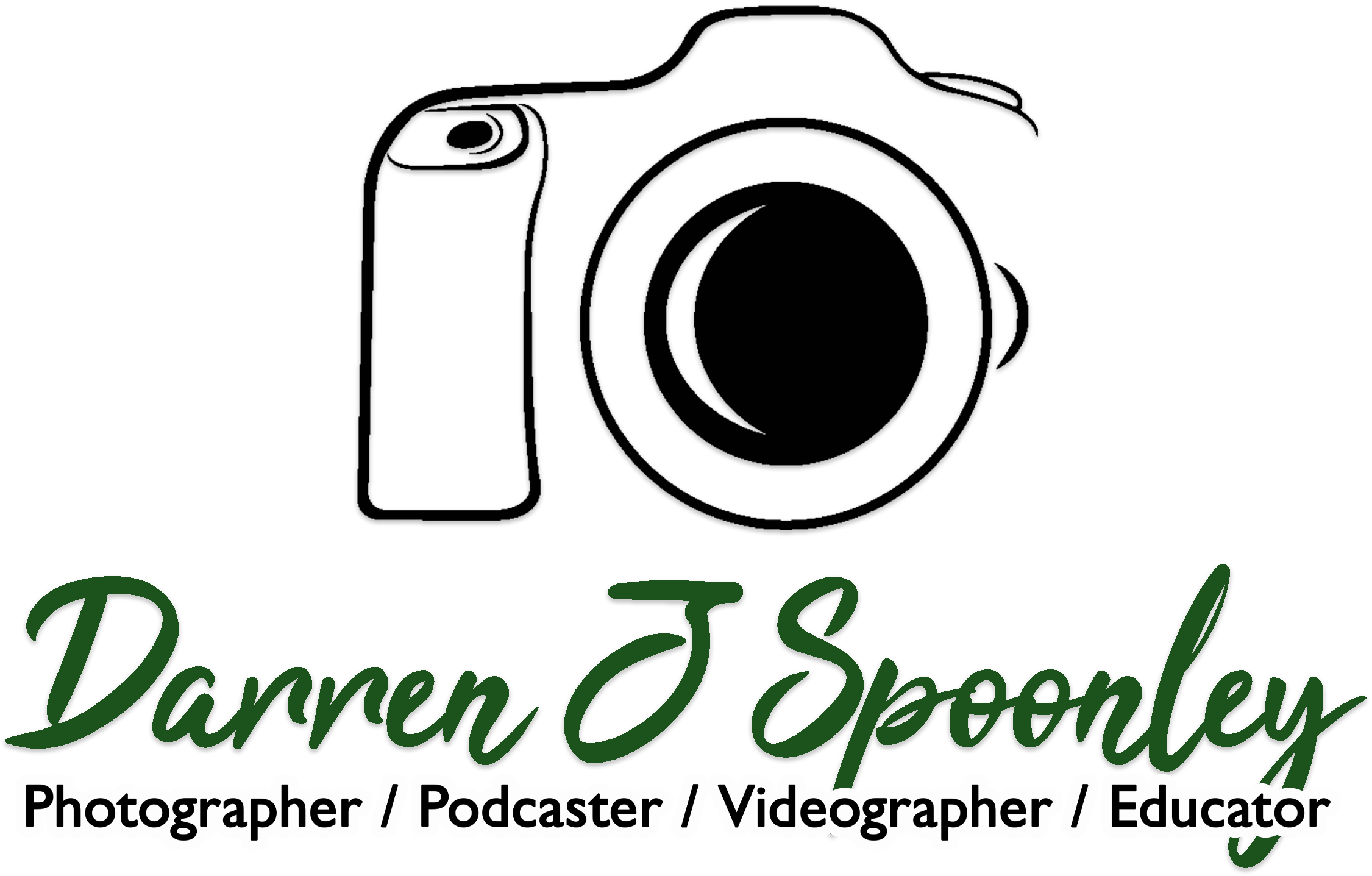How to (Not) Photograph the Aurora Borealis
On October 10th, 2024, Ireland experienced a rare celestial event: the aurora borealis lit up its skies, captivating photographers and stargazers alike. As someone who has only briefly photographed the aurora before, I was determined to make the most of this opportunity. However, the night didn’t go as planned, and I left with a collection of imperfect shots and a wealth of lessons to share.
This BLOG takes you through my journey that night—the decisions I made, the mistakes I learned from, and the tips I can offer for anyone hoping to capture the aurora themselves.
The Plan
The day began with me visiting a friend, Bernard, in Mayo to pick up the van for an upcoming workshop. Midway through the day, alerts started rolling in: a strong aurora might be visible across Ireland. Bernard was heading to a lighthouse in Northern Ireland, but my commitments the following morning dictated that I stay closer to Dublin.
I decided on a sculpture in the midlands that celebrates Ireland’s ancient chieftains. The elevated location, with minimal light pollution, offered a striking foreground for my shots. I had not seen shots like this from there before, so I figured I would give it a go.
The Night Unfolds
I arrived before sunset to scout the area, ensuring I was ready when darkness fell. I took a couple of shots for sunset, which were nice, but it was darkness I was there for after all. As the first hints of green and red began to appear, excitement grew among the small crowd of photographers and stargazers who had gathered; each had the same idea as I did for this location.
While the camera revealed colours invisible to the naked eye, we knew we were witnessing something special. The greens and reds slowly became even more visible, and we could also see them as we looked south, this meant that it was kicking off. Yet, as the night progressed, several mistakes on my part turned what could have been perfect captures into a learning experience.
The Mistakes
1. Choosing Timelapse Over Stills
I decided to shoot a timelapse, locking my camera into a long sequence and missing the chance to capture stills when the aurora was at its peak. Without a second camera body, I couldn’t switch modes, and by the time the timelapse ended, the peak of the display had already faded.
2. Gear Limitations
Using an f/4 lens meant I had to compensate for the limited light by increasing exposure time or ISO. The longer shutter speeds blurred the aurora’s movement, reducing the vibrant detail. A faster lens (f/2.8 or wider) would have made a significant difference. I also neglected to recheck my focus, resulting in the latter part of the evening’s images being slightly out of focus, most may not even notice, but I did and it still annoys me to this day.
3. Leaving Too Early
Knowing I had commitments the next morning, I left the location around 9:15 p.m. As luck would have it, the most intense display occurred after I had already started driving. The aurora returned later that night with such brilliance that it was visible as far south as Cork. It had even peaked in the early morning, with a corona of aurora right overhead. I know I couldn’t have stayed up, but part of me still wished I had.
Lessons and Tips
For those hoping to capture the aurora, here’s what you can learn from my experience:
Bring the Right Gear
A wide, fast lens (f/2.8 or better) is crucial for night photography.
Carry a second camera body if you want to shoot both timelapse and stills.
Scout Your Location
Arrive early to plan your compositions and ensure your chosen foreground complements the aurora.
Its hard to see what you are dealing with when its dark and the action might have already kicked off meaning you will rush.
Stay Patient
The aurora’s activity can ebb and flow. Staying longer can often lead to the best displays.
Research Aurora Activity
Use apps & websites to track KP and BZ indices for aurora forecasts.
Don’t just rely on news feeds, go directly to sources that are dedicated to the aurora. www.norlys.com
Adapt to Conditions
Balance ISO, aperture, and shutter speed to capture enough light without compromising image quality.
A faster shutter speed, wider aperture and higher ISO is the key to keeping detail in the moving aurora
Always ensure you check your focus regularly.
Final Thoughts
Photographing the aurora is both a technical challenge and a magical experience. Even when things don’t go perfectly, the thrill of witnessing this natural phenomenon makes every effort worthwhile.
Next time, I’ll be better prepared—with faster gear, more time, and a clearer understanding of my priorities. But even now, I’m grateful for the experience, the lessons, and the opportunity to share the night with others under the glow of the Irish sky.
You can watch the adventure unfold on the video linked below.





